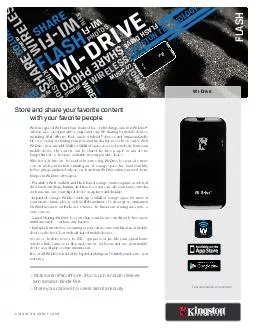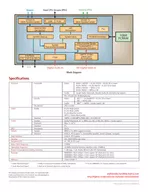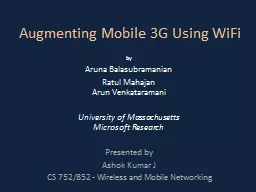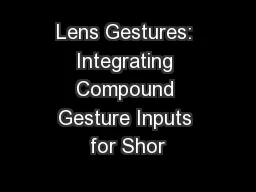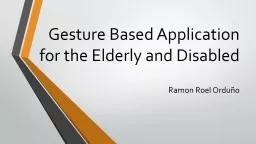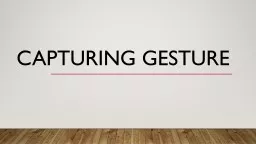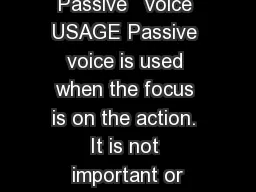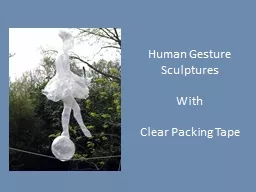PPT-WiTrace : Centimeter-Level Passive Gesture Tracking Using WiFi Signals
Author : briana-ranney | Published Date : 2018-10-10
Lei Wang Ke Sun Haipeng Dai Alex X Liu Xiaoyu Wang Nanjing University Michigan State University SECON18 June 13 th 2018 2 22 Gesture tracking inspires
Presentation Embed Code
Download Presentation
Download Presentation The PPT/PDF document "WiTrace : Centimeter-Level Passive Ges..." is the property of its rightful owner. Permission is granted to download and print the materials on this website for personal, non-commercial use only, and to display it on your personal computer provided you do not modify the materials and that you retain all copyright notices contained in the materials. By downloading content from our website, you accept the terms of this agreement.
WiTrace : Centimeter-Level Passive Gesture Tracking Using WiFi Signals: Transcript
Download Rules Of Document
"WiTrace : Centimeter-Level Passive Gesture Tracking Using WiFi Signals"The content belongs to its owner. You may download and print it for personal use, without modification, and keep all copyright notices. By downloading, you agree to these terms.
Related Documents

